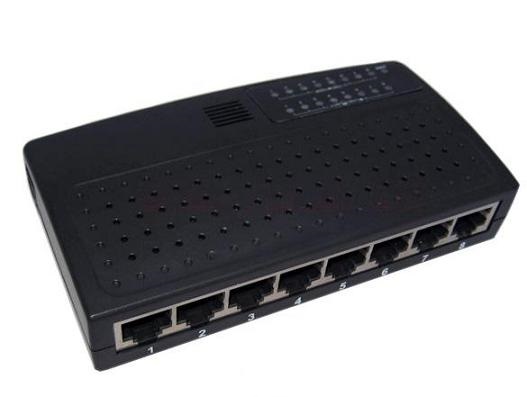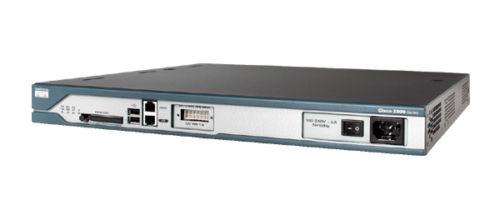Networking Devices:
01 Hub
02 Bridge
03 Switch
04 Router
05 Firewall
Hub:
 Router:
Router:
01 Hub
02 Bridge
03 Switch
04 Router
05 Firewall
Hub:
Hubs were the common network infrastructure devices used for Local Area Network (LAN) connectivity but network switches are rapidly replacing hubs. These days it is very difficult to spot a Network Hub functioning in a live Local Area Network (LAN). Hubs function as the central connection point for Local Area Network (LAN). Hubs are designed to work with Twisted pair cabling and normally use RJ45 jack to connect the devices. Network devices (Servers, Workstations, Printers, Scanners etc) are attached to the hub by individual network cables. Hubs usually come in different shapes and different numbers of ports.
When a hub receives a packet of data (an Ethernet frame) at one of its ports from a network device, it transmits (repeats) the packet to all of its ports to all of the other network devices. If two network devices on the same network try to send packets at the same time a collision is said to occur.
Hubs are considered to operate at Physical Layer (Layer 1) of OSI model. An 8 port hub is shown below.

A router is another network infrastructure device that directs packets through the network based on information from Network Layer (Layer 3) of OSI model. A router uses a combination of hardware and software to "route" data from its source to its destination. A router can be configured to route data packets from different network protocols, like TCP/IP (industry standard), IPX/SPX, and AppleTalk.
Routers segment large networks into logical segments called subnets. The division of the network is based on theLayer 3 addressing system, like IP addresses. If the Network Layer (Layer 3) Data packet (IP Datagram) is addressed to another device on the local subnet, the packet does not cross the router and create a traffic congestion problem in another network. If data is addressed to a computer outside the subnet, the router forwards the data to the addressed network. Thus routing of network data helps conserve network bandwidth. The following picture shows a Cisco 2800 Series Router.
 |
